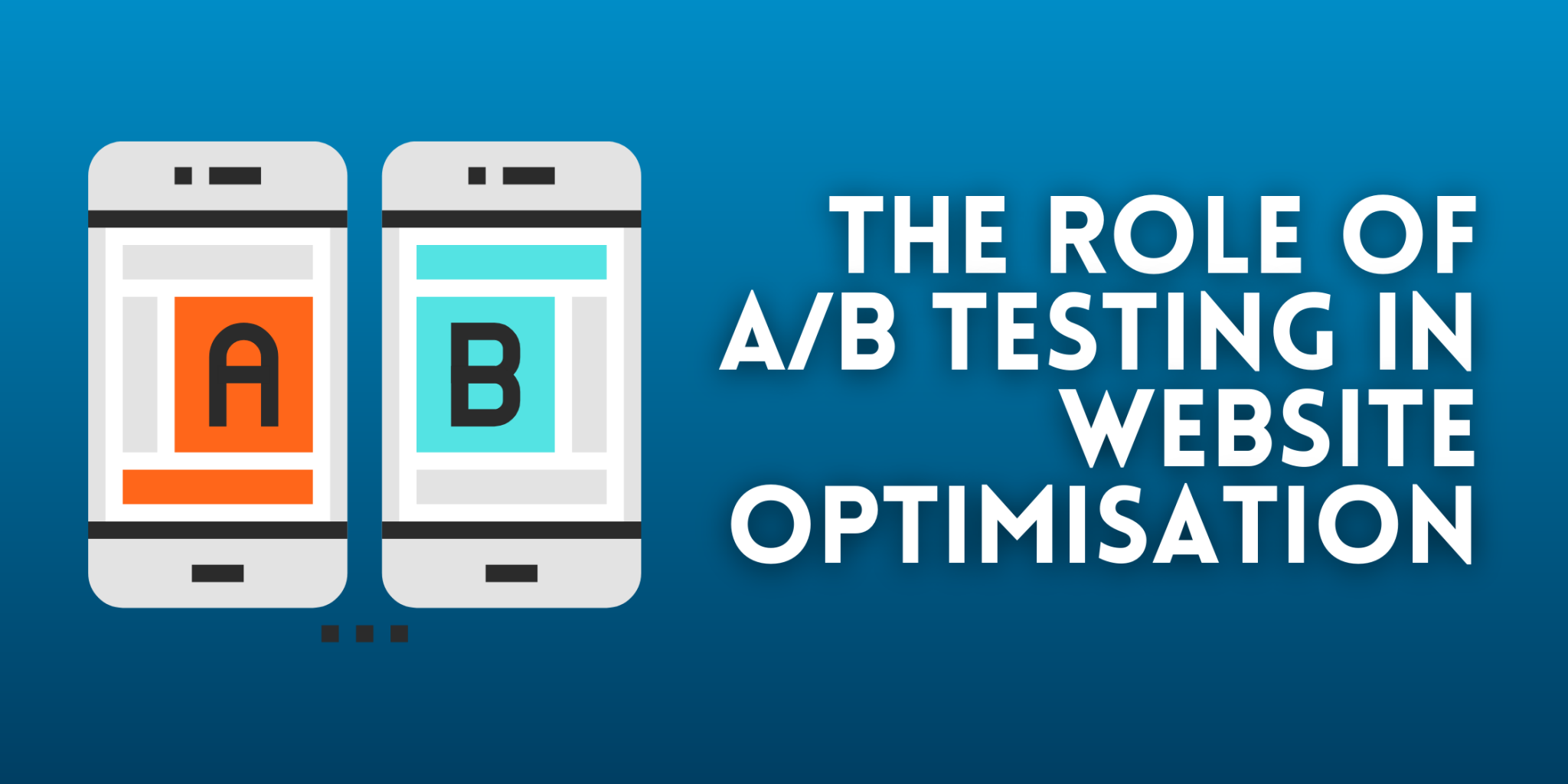The Role of A/B Testing in Website Optimisation
In the fast-paced digital landscape, where user attention is scarce and competition is fierce, optimising a website to enhance user experience and drive conversions is crucial for online success. One of the most effective methods to achieve this is through A/B testing. A/B testing is a powerful technique that allows businesses to make data-driven decisions by comparing two versions of a webpage and determining which one performs better.
What is A/B Testing?
A/B testing, also known as split testing, involves creating two versions of a webpage or an element within it. It shows each version to a subset of website visitors. By measuring user engagement, conversion rates, or any other relevant metrics, you can determine which version performs better.
The Role of A/B Testing in Website Optimisation
- Data-Driven Decision Making: A/B testing allows businesses to make informed decisions based on real user data rather than assumptions or guesswork. By testing different versions of webpages, layouts, content, or calls-to-action, companies can collect actionable data and identify which elements are more effective at driving user engagement, conversions, or achieving other specific goals.
- Continuous Improvement: Website optimisation is an ongoing process, and A/B testing plays a vital role in driving continuous improvement. By testing various pages and analysing the results, businesses can gradually refine their website elements. This leads to great enhancements in user experience and performance over time.
- Personalisation: A/B testing enables personalised experiences by tailoring web content to different segments of the audience. By testing variations of a webpage targeted at specific demographics or user preferences, businesses can deliver a more personalised experience. This results in higher engagement and conversions.
- Mitigating Risks: Making significant changes to a website without testing them can be risky. A/B testing mitigates this risk by providing a controlled environment to experiment with different elements. It allows businesses to evaluate the potential impact of changes before implementing them on the entire website, minimising the chances of negative consequences and ensuring that changes have a positive effect.
- Understanding User Behaviour: A/B testing provides valuable insights into user behaviour and preferences. By analysing the test results, businesses can determine how users interact with different elements of their websites. They can also understand what drives them to take desired actions, and what obstacles hinder conversions. This knowledge can guide further optimisation efforts and inform the overall website design strategy.
- Multivariate Testing: While A/B testing compares two versions of a webpage, multivariate testing takes it a step further by simultaneously testing multiple variations of different elements. This allows businesses to test combinations of changes and identify the most impactful combination for optimal results.
In today’s digital landscape, where user experience and conversions are paramount, A/B testing plays a crucial role in website optimisation. It empowers businesses to make data-driven decisions, drive continuous improvement, and personalise user experiences. By embracing A/B testing as a fundamental part of their optimisation strategy, businesses can enhance their website performance. This will enable them to engage users more effectively, and ultimately achieve their online objectives.
At WebEagles, our team is continuously looking for new ways to optimise and enhance our clients’ websites, and A/B testing is a critical component in doing so. If you are looking to make the most out of your website, and provide users with the best user experience, give us a call on 1300 123 808. Our team of web experts will be able to answer any of your questions.


